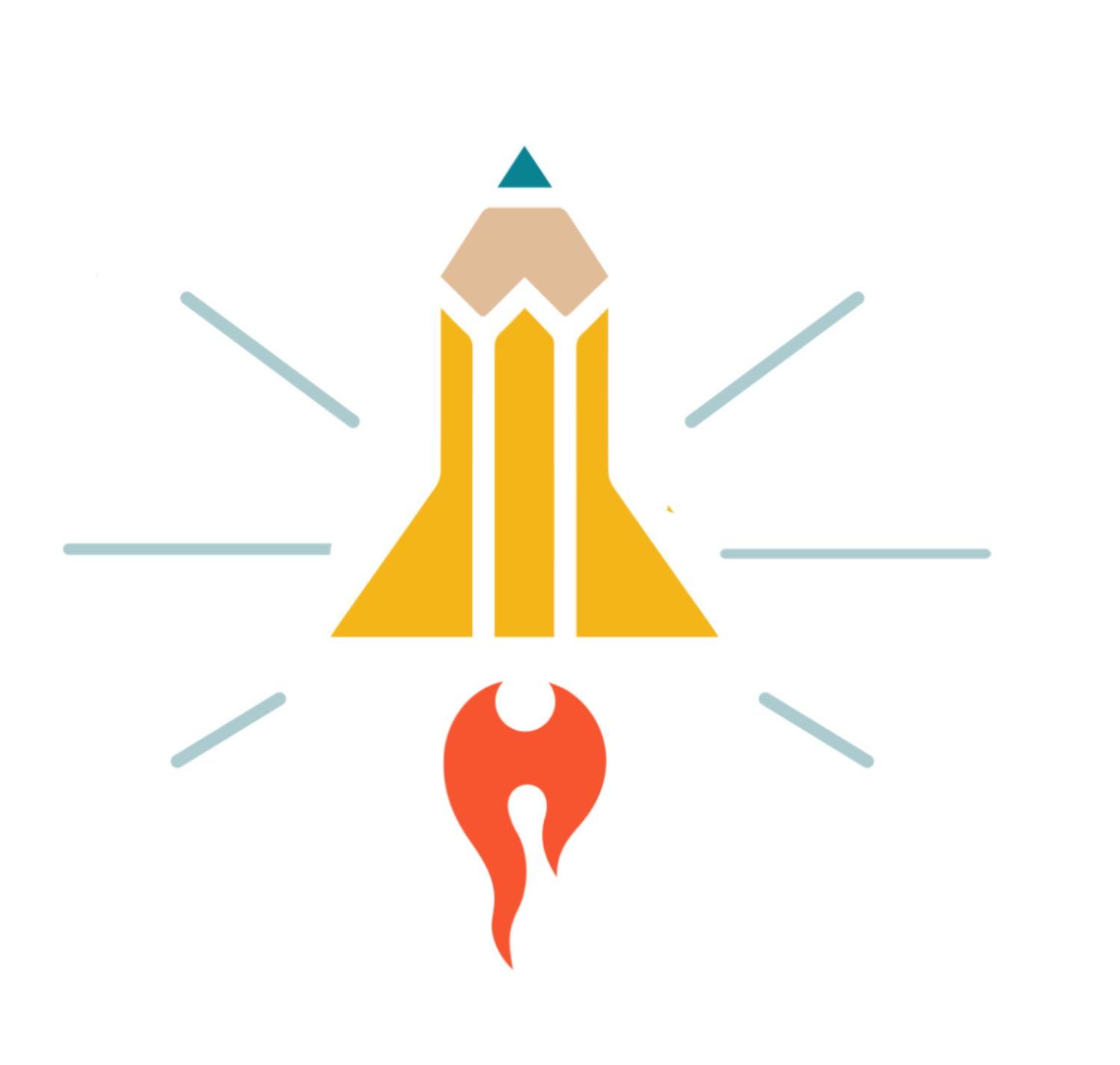What is the length of the daily scroll of the average American social media user?
Critical Analysis
Find answers to the following questions using the visual above, any links below, your big brain, and your knowledge of American government and politics:
Imagine the scroll of the average American social media user were expressed in feet. According to the visual above how many feet long would it be?
According to the visual above how would the length of the scroll of the average American social media user compare to the height of the Statue of Liberty.
The internet is one of the fastest technological revolutions in human history. Almost 5 billion people worldwide use social media, and the average social media user now spends about two and a half hours a day online. How does that average online use compare to your own?
According to a recent academic article, Inside the funhouse mirror factory: How social media distorts perceptions of norms, the online environment is far from a true representation of the offline world. And the authors of the paper argue that social media is like a funhouse mirror, reflecting and warping our collective sense of what is normal. How much do you think the offline world is different than the social media world?
According to this paper, online discussions are dominated by a surprisingly small, extremely vocal, and non-representative minority. Research on social media has found that, while only 3 % of active accounts are toxic, they produce 33 % of all content. Furthermore, 74 % of all online conflicts are started in just 1 % of communities, and 0.1 % of users shared 80 % of fake news. How much influence do these small but powerful social media users have?
These small but loud voice can lead to false polarization (disagreements between liberals and conservatives) and pluralistic ignorance (disinformation), which are linked to a number of problems including drug and alcohol use, intergroup hostility and support for authoritarian regimes. Furthermore, exposure to extreme content can normalize unhealthy and dangerous behavior. For example, teens exposed to extreme content related to alcohol consumption thought dangerous alcohol consumption was normal. Which of the above problems do you think is the most dangerous?
Social norms are defined as the “predominant behaviors, attitudes, beliefs, and codes of conduct of a group”. Norms are powerful because they are tied to people's social identity. How do you think your social norms and social identity are influenced by social media?
How do you think the incoming Trump/Musk administration will impact social media usage and online speech?
In online political discussions, the people who post frequently on social media are often the most ideologically extreme. Indeed, 97 % of political posts from Twitter/X come from just 10 % of the most active users on social media, meaning that about 90 % of the population's political opinions are being represented by less than 3 % of tweets online. Do you think the government ought to make laws to regulate speech on the internet?
What constitutional principle would limit the government’s ability to regulate internet speech?
Write and Discuss
Take ten minutes to write about the question at the top of the page and then discuss with your classmates.
Act on your Learning
Tweet the Federal Communications Commission (FCC) @FCC and tell them what you think about regulating speech on the internet.
Get Creative
Imagine a United States where there was more regulated speech online. How would regulating the online world impact the offline world?

